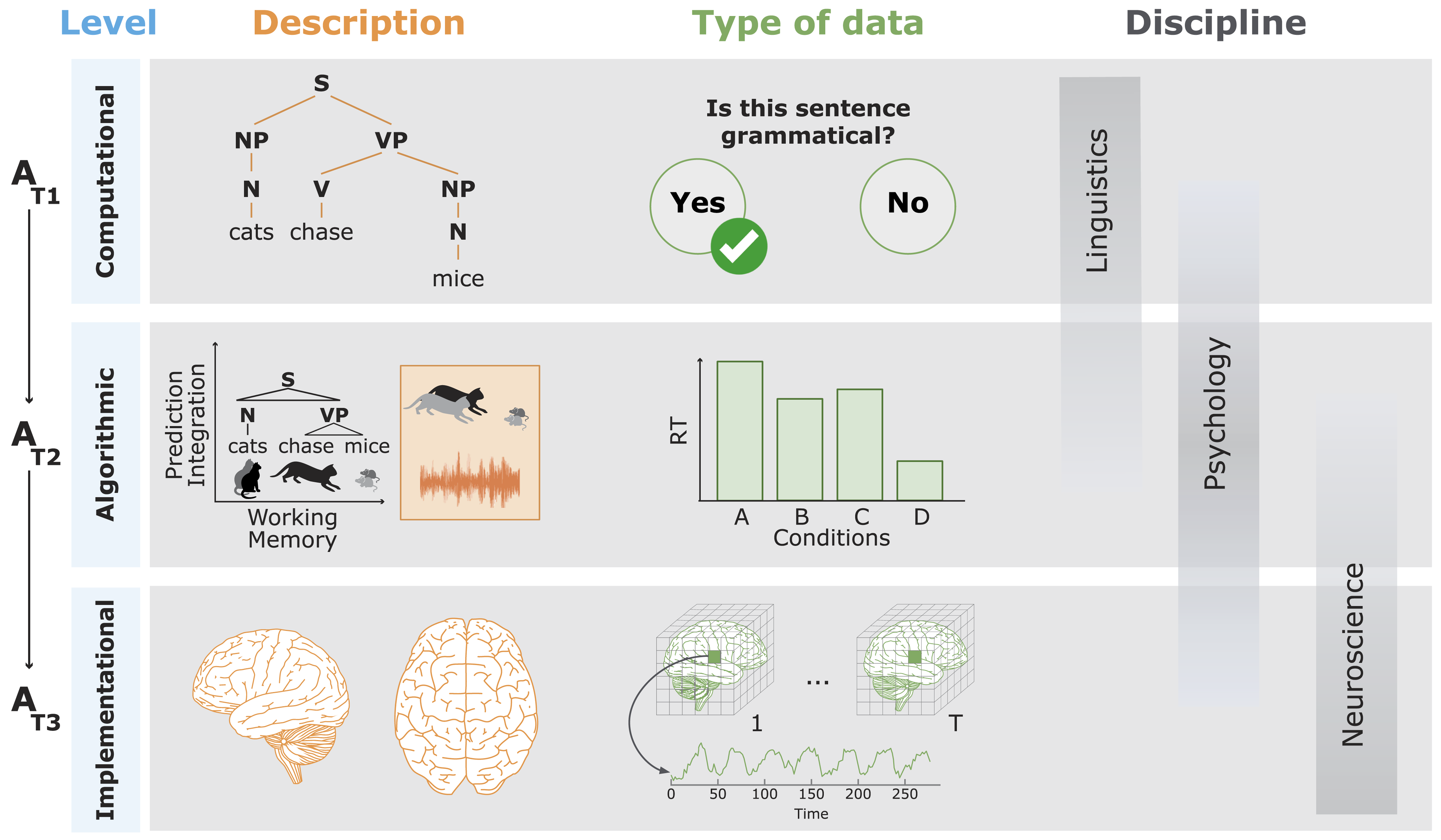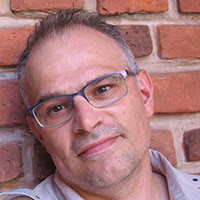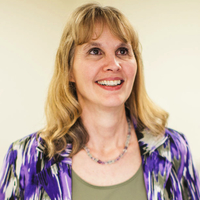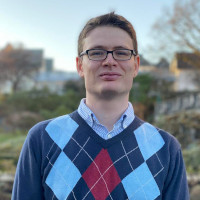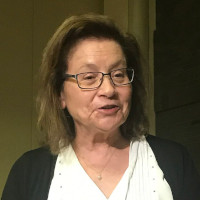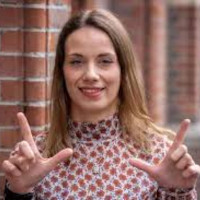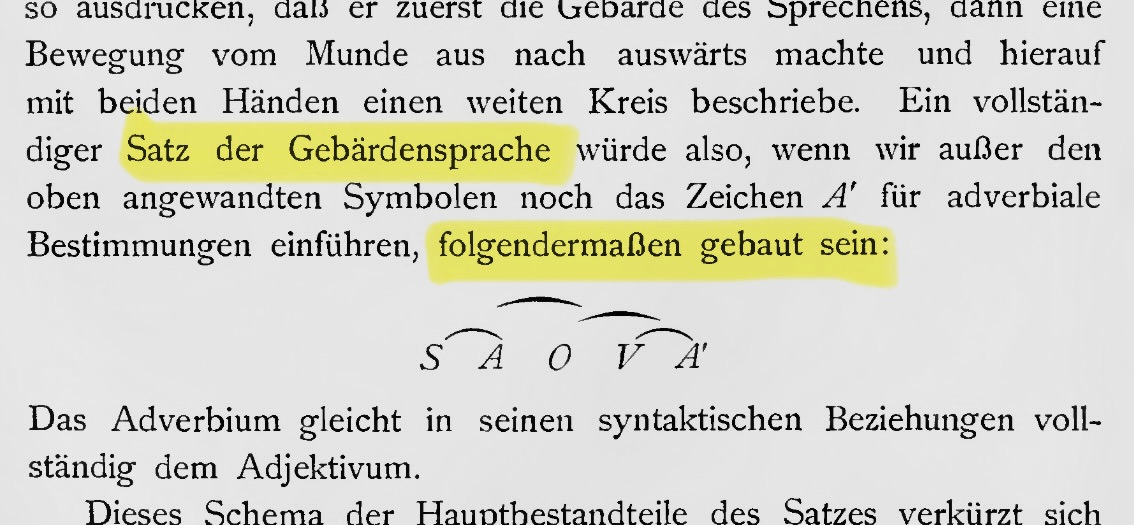
Background
The world’s different sign languages offer a unique perspective on the human capacity for language and their rigorous scientific study within linguistics since the 60s of the past century has provided a multitude of novel insights. Some of these have significantly and lastingly changed how we conceptualize and investigate our species’ faculty of language: We now understand language as a seemingly universal and modality-independent capacity.
Just like in research on spoken language, the relationship between theoretical descriptions of different phenomena in sign languages and how they may apply or relate to phenomena usually studied by psychologists and neuroscientists is not straightforward. However, we nevertheless believe that any serious experimental investigation of (sign) language should be grounded in a well-motivated theoretical framework provided by linguistics as the scientific study of grammar.
Goal
The goal of this workshop is to bring together sign language researchers of different theoretical persuasions with practitioners in psycho- and neurolinguistics of sign language to jointly determine:
- To what extent are current theoretical approaches themselves accurate or need to be expanded to capture phenomena of the visuo-spatial modality of sign languages?
- How do different formal descriptions and theoretical approaches relate and are relevant to psycho- and neurolinguistic studies of sign language processing and language processing in general?
Key Questions
Topics that are of particular interest for discussion at the workshop are:
- What impact has research on the grammar (in a broad sense) of sign languages had on how we look at and study spoken languages and conceptualise the human language capactiy and its neurocognitive basis?
- How can seemingly modality-specific phenomena of sign languages (e.g., the impact of iconicity) be accounted for theoretically and what is the impact of such “enlarged” theoretical accounts on the psycho- and neurolinguistics of sign language (e.g., algorithmic accounts aiming to create parsing models that account for sign language processing)?
- How can non-manual components of sign languages best be accounted for and integrated in theories of grammar, what is their linguistic and neurocognitive status, and how can we integrate them in theories of (sign) language processing?
- What, if anything, can psycho- and neurolinguistic studies on sign languages feed back into our theoretical understanding of grammar (of sign languages, but also language in general)?
Invited Presenters
To get the discussion going our workshop will feature invited presentations by leading researchers in the study of sign language grammars, parsing models, and the neural basis of sign language processing. The invited presenters will also participate in the scheduled round-table session as discussants.
The following Invited Presenters have confirmed their participation:
Click on the portrait pictures or navigate to Invited Presenters to learn more about the workshop’s invited presenters, their research focus, and planned contribution to the workshop.
Call for Papers
Besides the contributions by our invited speakers, we invite contributions from the scientific community for which we have generously allocated time slots in the prelimninary Workshop Programme. Accordingly, we currently have an open Call for Papers and are looking forward to reciving your submissions.
The workshop will feature a select number of on-stage presentations, but will also include a poster session. Notice that we particularly encourage submissions from junior researchers (advanced master’s or PhD students, as well as early post-docs).
Visit the Call for Papers page to learn more about the requirements and deadlines for abstract submission.
